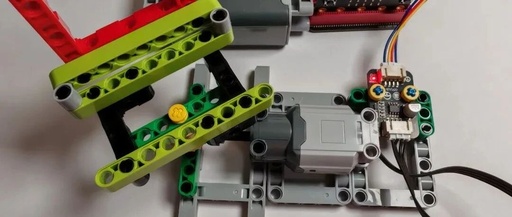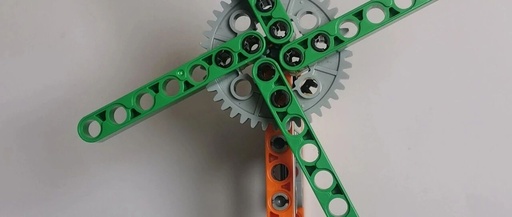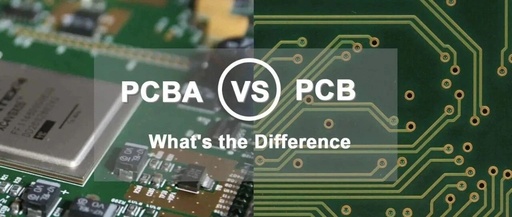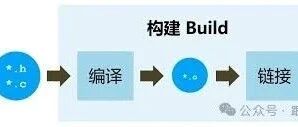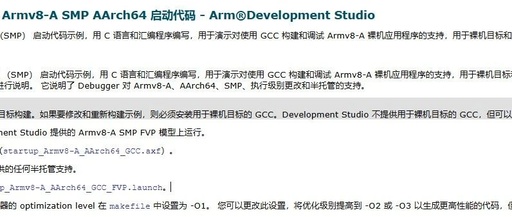Micro:bit | Comprehensive Project 05 – Rotating Chair
01 Overview 1.1 Introduction In this lesson, we will create a rotating chair similar to those found in amusement parks, controlled by buttons on the micro:bit to start and stop the rotation. 1.2 Course Objectives 【Scientific Knowledge】Understand the structure of the chair: seat board, backrest, chair legs; how to maintain the structural stability of the … Read more
